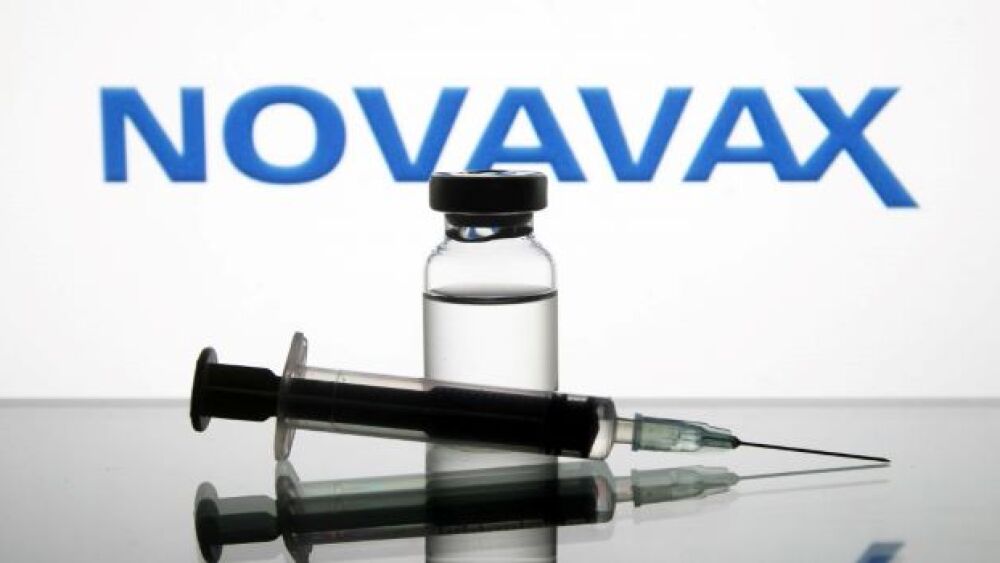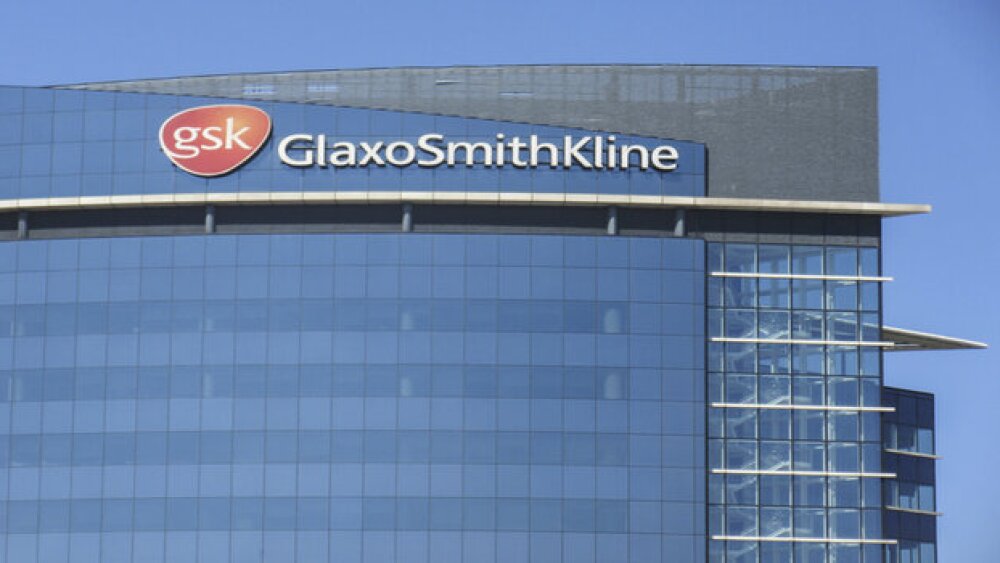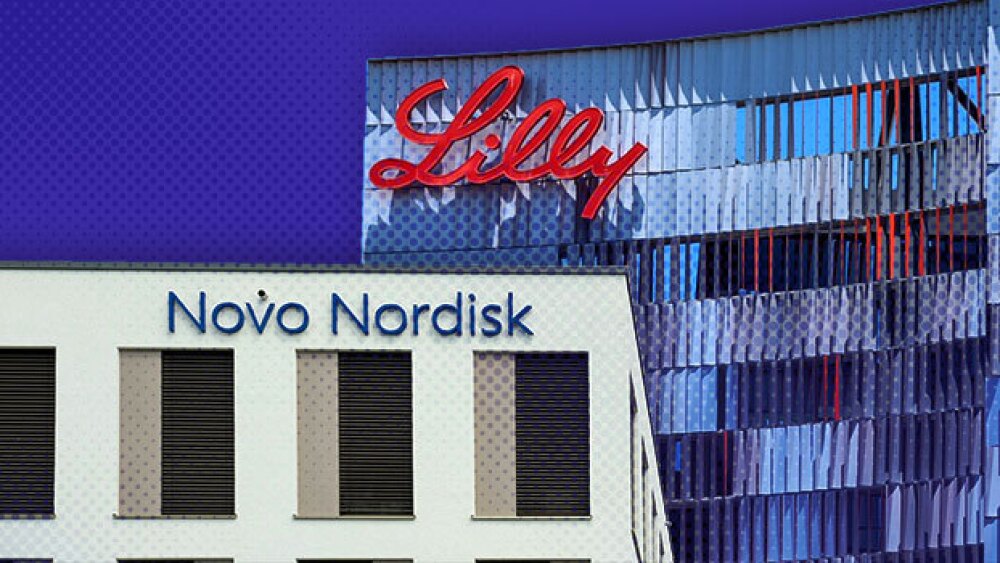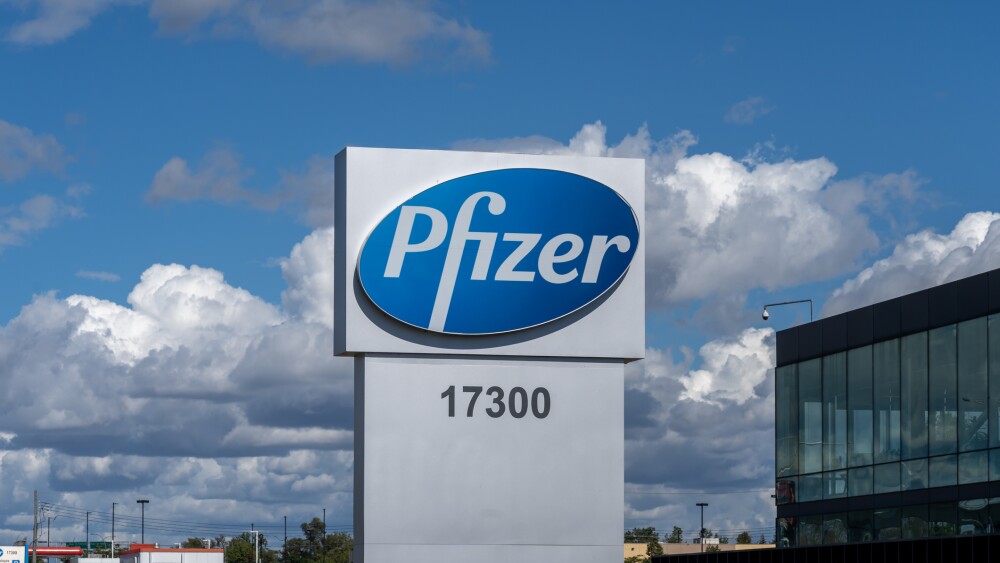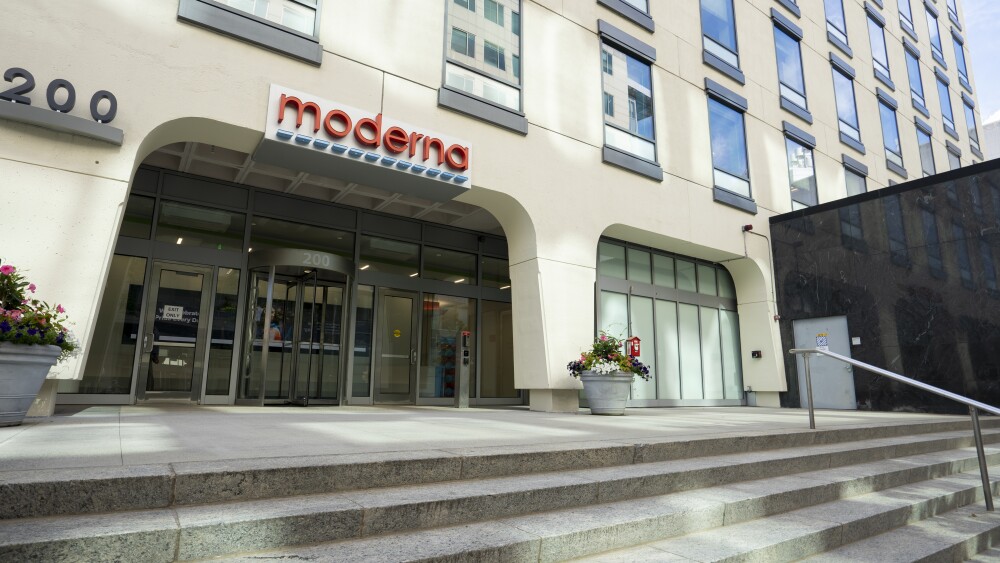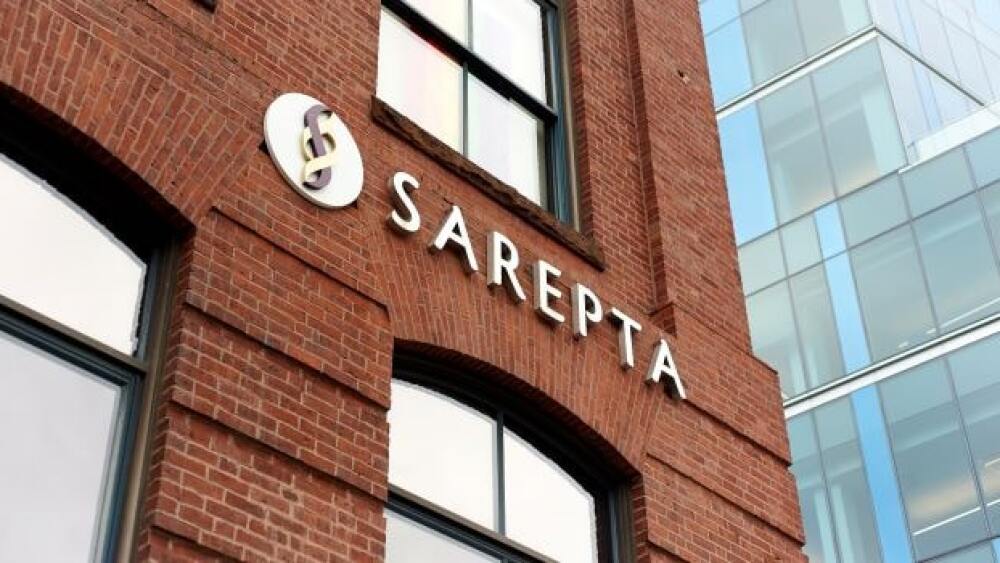All News
In line with the restructuring initiative, 23andMe is looking for strategic opportunities for its pipeline assets, including licensing deals or outright sales.
Analysts did not seem very concerned by the treatment-related serious adverse event, noting that NGN-401 was well-tolerated at a lower dose and showed promising efficacy outcomes.
CEO Roberto Iacone admitted in an interview that the market remains tough, even for a biotech in the red-hot ADC world. But Alentis is targeting an IPO as early as 2025.
BioSpace has named 50 biopharma companies to its 2025 Best Places to Work list, including Moderna and Sutro Biopharma, whose executives share what makes their organizations special.
The shocking failure of AbbVie’s emraclidine has investors questioning the Big Pharma’s long-term neuroscience strategy, which put the drug at the center of expectations.
Novavax’s shared jumped 12% in pre-market trading on the news.
In February 2024, the FDA put two Phase II studies of zelnecirnon under a clinical hold after a case of liver failure was deemed potentially related to the drug.
The companies did not provide detailed data for Tezspire, however, and William Blair’s Matt Phipps said in a note he does not expect the antibody to outperform Dupixent.
GSK’s departure comes as the industry anticipates the incoming Trump administration and as it continues to grapple with the threat of the BIOSECURE Act and losses of legal challenges to the IRA’s drug price negotiation program.
Digitization enables each drug to have a software-enhanced version optimized for individual patients.
The past four years have brought disappointment for the Huntington’s community, but optimism is growing as companies including Prilenia and Wave Life Sciences eye paths to approval of therapies that could address the underlying cause of the disease.
A fatal, highly hereditary illness with no disease-modifying treatments, Huntington’s is long overdue for a therapeutic win. Here, BioSpace looks at five candidates that could change the trajectory for patients.
With Eisai and Biogen’s Leqembi and Eli Lilly’s Kisunla launching onto the market, the 2024 Clinical Trials of Alzheimer’s Disease conference focused on the role these drugs might play, as well as combination therapies and innovative new treatment options.
Leqembi’s sales continue to be underwhelming, according to analysts, who contend the companies’ Alzheimer’s disease therapy is being held back by barriers such as coverage, infusion centers and time to diagnosis.
With Novo Holdings’ $16.5 billion buyout of Catalent being reviewed by regulators, what work the contract drug manufacturer may or may not be performing for Eli Lilly remains a point of contention.
The five-year investment will go toward the construction of a new R&D facility in Beijing to develop innovative therapies and integrate the world’s second most populated country into the company’s global strategy.
Following two layoffs in less than three months, Viracta Therapeutics may have around 18 employees left to advance its efforts to bring lead product candidate nana-val to market.
While Moderna’s Spikevax beat Wall Street estimates in the third quarter, William Blair analyst Myles Minter in a Thursday note to investors said sales of the company’s respiratory syncytial virus vaccine mRESVIA was significantly lower than expected.
Novo said supply of Wegovy and Ozempic is in good shape after the drugs were removed from the FDA’s shortage list last week. But Eli Lilly reported slower than expected sales in the third quarter due to wholesaler destocking.
The investigational therapy, vesleteplirsen, had been positioned as an updated version of Sarepta’s original exon 51-skipping Duchenne muscular dystrophy drug Exondys 51.






